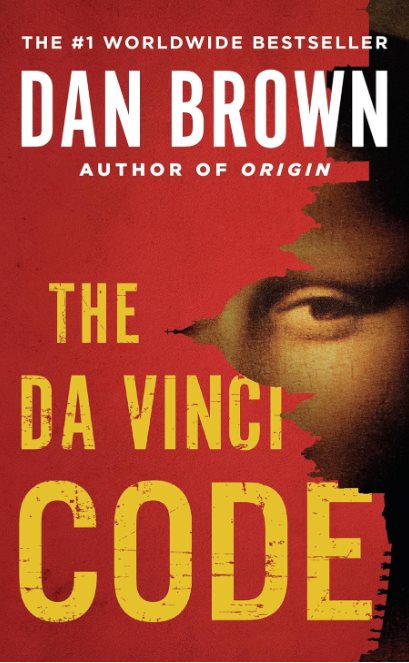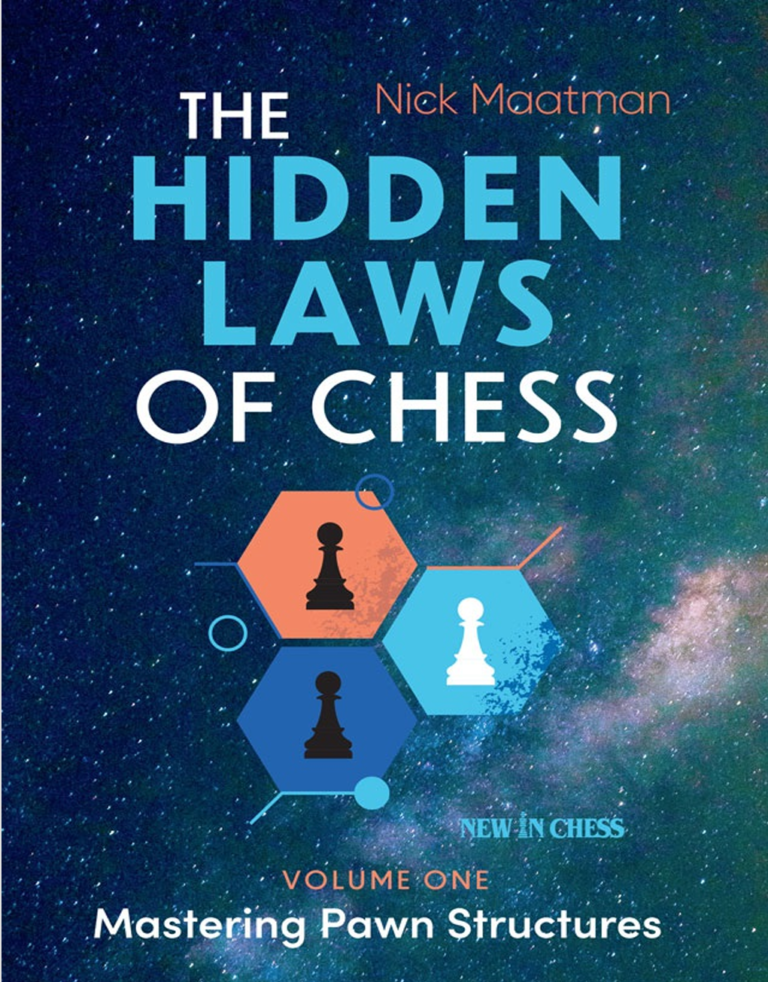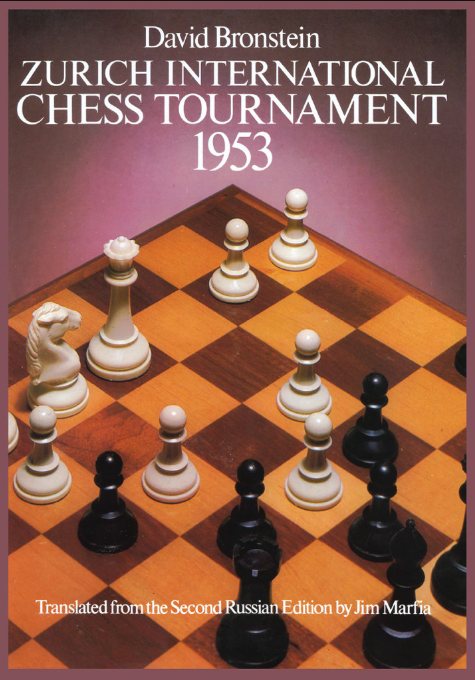
Hook: “A murder in the Louvre sets in motion an extraordinary adventure, unraveling secrets hidden for centuries. But as symbols are revealed and alliances shift, the line between truth and myth blurs. Will history be rewritten, or is some knowledge too dangerous to possess?”
Brief Overview
In The Da Vinci Code, Dan Brown plunges readers into a world of intrigue, art, and secret societies. The novel opens with a murder in Paris’ iconic Louvre Museum, where renowned symbologist Robert Langdon is summoned to help unravel the cryptic clues left behind. Alongside cryptologist Sophie Neveu, Langdon navigates an intricate maze of symbols and puzzles that expose the hidden history of religious artifacts, artworks, and a conspiracy centuries in the making. Their journey uncovers links to the Priory of Sion and Opus Dei, exploring the nature of faith, power, and the struggle to guard—or reveal—secrets of unimaginable magnitude.
Key Elements
- Characters: Robert Langdon, an expert in religious symbols, is both curious and skeptical, thrust into a thriller beyond his academic realm. Sophie Neveu, intelligent and strong-willed, complements him with her cryptographic skills and personal ties to the mystery. The antagonists, primarily embodied by the zealous albino monk Silas and the shadowy mastermind known as “the Teacher,” add complexity, embodying religious extremism and unflinching belief in their cause. Brown’s characters are designed to challenge each other’s beliefs, with Langdon and Sophie representing open-minded inquiry against Silas’s and the Teacher’s fanaticism.
- Themes: At the heart of the novel is the idea of faith versus evidence. The story interrogates religious beliefs, focusing on the ‘sacred feminine’ and a hidden historical legacy that could shake the foundations of the Church. Another theme is power and secrecy, as the narrative suggests that knowledge—especially dangerous knowledge—is often concealed by the powerful, potentially impacting society’s understanding of history, identity, and faith. The story raises questions about who controls the narrative of history and whether some truths are too perilous to expose.
- Author’s Style: Dan Brown’s writing style is both straightforward and suspenseful. His ability to weave art, history, and mythology with a thriller’s pace keeps readers engaged while exploring complex ideas in accessible language. The short chapters and constant cliffhangers create a sense of urgency, making it hard to put the book down. This style complements the story’s journey through historic landmarks and cryptic codes, lending an authentic backdrop to Langdon’s intellectual puzzles.
Highlights
The novel’s fast-paced narrative and intelligent puzzle structure make it an engrossing read. Brown’s choice to set significant scenes in real-world cultural landmarks, such as the Louvre and Saint-Sulpice, adds a sense of authenticity and immersion. His exploration of symbolism and religious history offers readers a fresh perspective on familiar icons, challenging preconceived notions and encouraging curiosity.
Criticisms
Some readers might find the detailed historical explanations a bit dense, potentially slowing the story’s flow. Additionally, certain plot twists and character motivations may feel formulaic or too reliant on the characters’ narrow escapes. The novel also attracted criticism from historians and religious scholars for factual liberties and speculative interpretations of Christian history.
Personal Impact
Reading The Da Vinci Code can shift one’s perspective on faith, history, and the power of belief. Brown’s exploration of the “sacred feminine” and questioning of traditional narratives around religious symbols encouraged me to consider how stories and symbols shape collective beliefs.
Recommendation
The Da Vinci Code is a compelling thriller for fans of mystery, art history, and theological intrigue. Its thought-provoking narrative will appeal to readers curious about the intersections of history, religion, and conspiracy theories. Ideal for those who enjoy suspenseful storytelling with a foundation in real-world settings, this book invites readers to question the line between history and myth.
Rating: ★★★★☆







